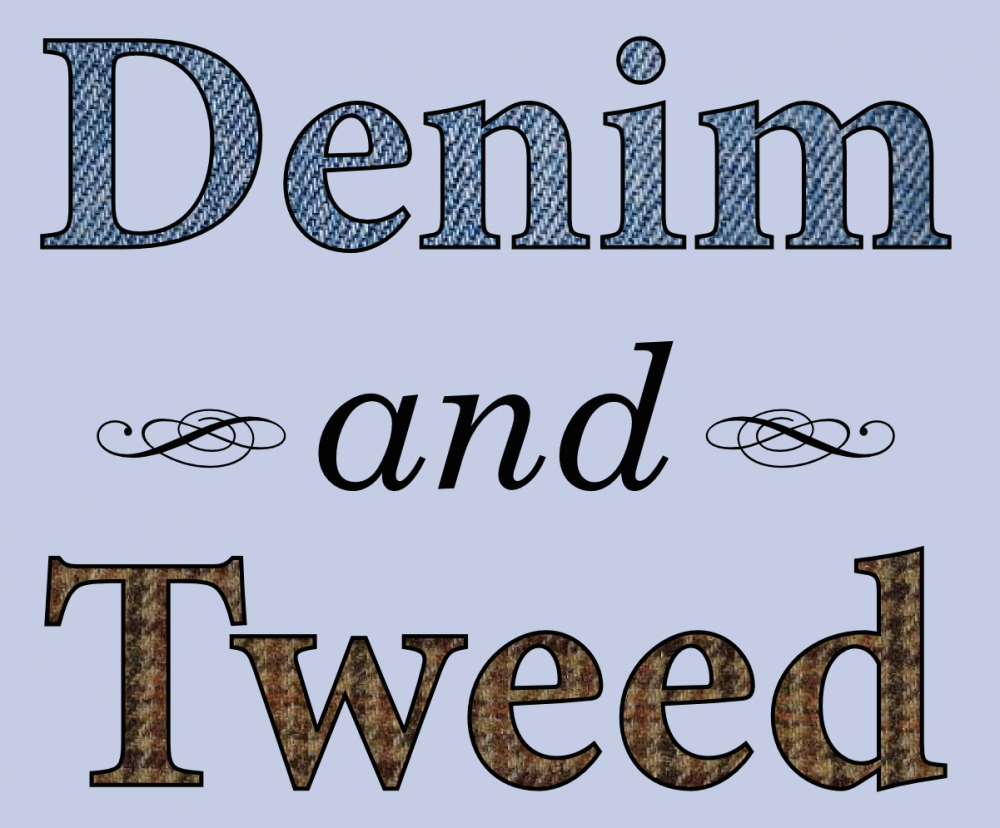 Christ, what an asshole. Photo by K Schneider.
Christ, what an asshole. Photo by K Schneider.- This week at The Molecular Ecologist: An interview with Ruth Shaw.
- Humans are actually pretty monogamous? That’s what a comparison of Y-chromosomes and paternal names suggests.
- Advice for grad students. Mostly, take care of yourself.
- Which spent 100 times as long in review as the original. A rebuttal of bad science on genetic prediction of autism.
- Meanwhile. Pre-implantation genetic diagnosis is getting more ambitious.
- Glibness isn’t a victimless crime? In which Malcolm Gladwell’s loose hand on the facts isn’t doing any good for people with dyslexia.
- Your semi-annual reminder. Cute animals aren’t really very cute to each other.
- Plus ça change. Even as human geneticists are beginning to realize genetics is a lot messier than they thought, and there are good reasons to think that mathematical ability is more in your confidence than your genes, the developer of the Ion Torrent sequencing system is about to drop about a million bucks on a study of mathematicians’ genetics.
- And in other long-shot projects: Should we send a DNA sequencer to Mars?
◼








